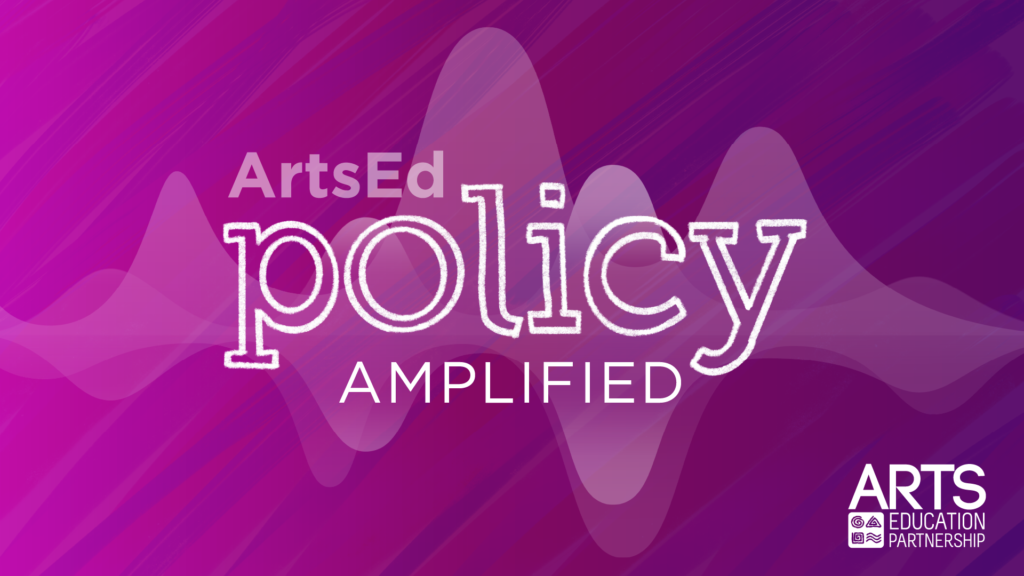New Resources Available: Mapping opportunities for the arts in ESSA

By now the education community is well aware of the passage of the Every Student Succeeds Act (ESSA). From the moment that ESSA was signed into law, folks across the education community – from classroom teachers to policymakers – have been clamoring with questions. Perhaps the most important is: “What are the opportunities for my child, classroom, district or state?”
Questions such as this are coming from every organization or individual impacted by the new law – including those focused on the arts in education. For this reason, the Arts Education Partnership (AEP), together with a group of AEP partner organizations and other stakeholders, established the ESSA / Well-Rounded Education Working Group in April. This working group was formed to identify the needs of the arts in education community with regards to ESSA and to develop resources that respond to that need.
Knowing that those interested in ESSA and the arts needed a single place to establish a better understanding of the updated and new provisions of the law, the first step was to create an evolving set of resources on ESSA and the Arts. Released in June, these resources provide a background on ESSA including the programs included within it and the new flexibility afforded to states and districts. Building on these resources, the working group next turned its attention to creating a resource that would explore the opportunities for the arts across the topics and issues addressed within ESSA.
Developed as a companion to ESSA: Quick guides on top issues, the previously released report by Education Commission of the States, Every Student Succeeds Act: Mapping opportunities for the arts is a series of briefs exploring the opportunities for the arts within some of ESSA’s most pressing education priorities: Title I, accountability, assessments and state plans. These briefs:
- Summarize what ESSA has to say about a particular topic.
- Explore the opportunities for the arts.
- Share research summaries from ArtsEdSearch – AEP’s clearinghouse of research on the outcomes of arts education.
- Highlight additional resources for users to engage deeply with the topic.
In addition to the individual briefs, the resource also provides answers to some of the most frequently asked questions about the role that the arts can play as states across the country begin to implement the new law.
This resource is not designed to be a static document. Like the dynamic environment where education policy is implemented, this piece will continue to evolve and grow. This will include updating the briefs with relevant examples of how states, districts and communities are incorporating the arts into their ESSA implementation, the development of briefs on new topics and the answering of new frequently asked questions.
As Every Student Succeeds Act: Mapping opportunities for the arts indicates, there are many possibilities for the arts within ESSA implementation. We encourage you to check back often as this resource expands, to find ways of engaging the arts as a strategy in your state and district’s work to achieve ESSA’s goals and to share those experiences with us.



